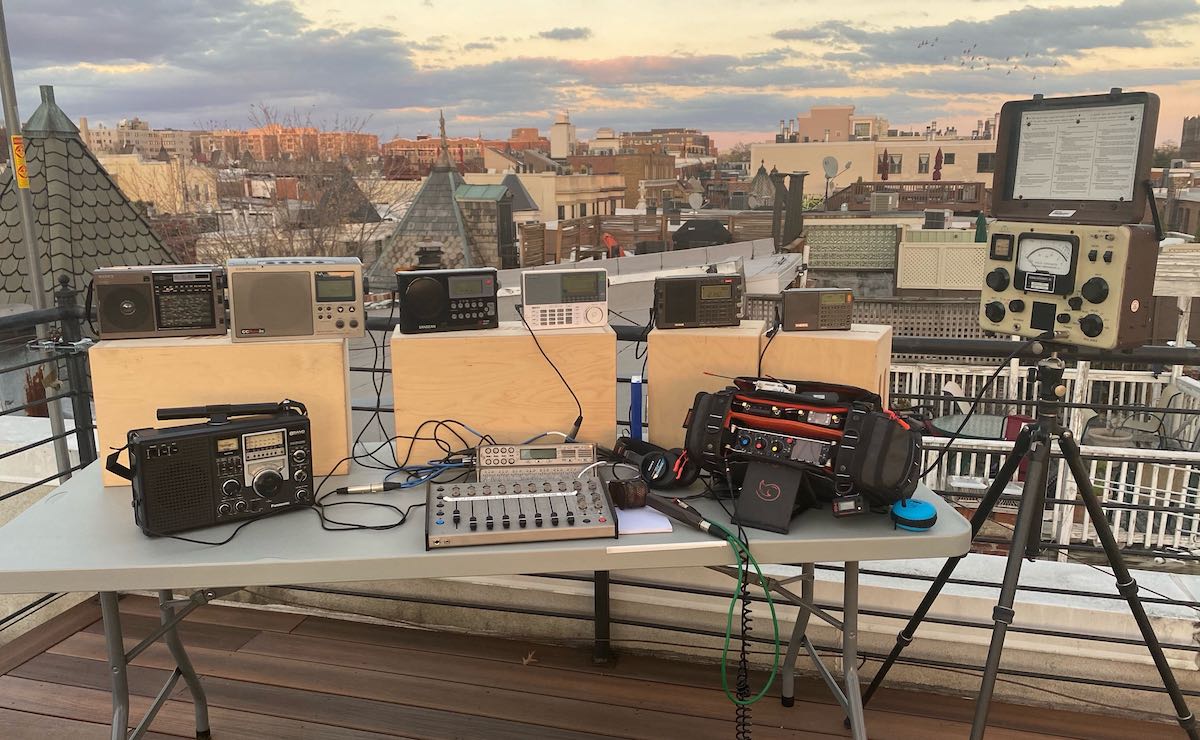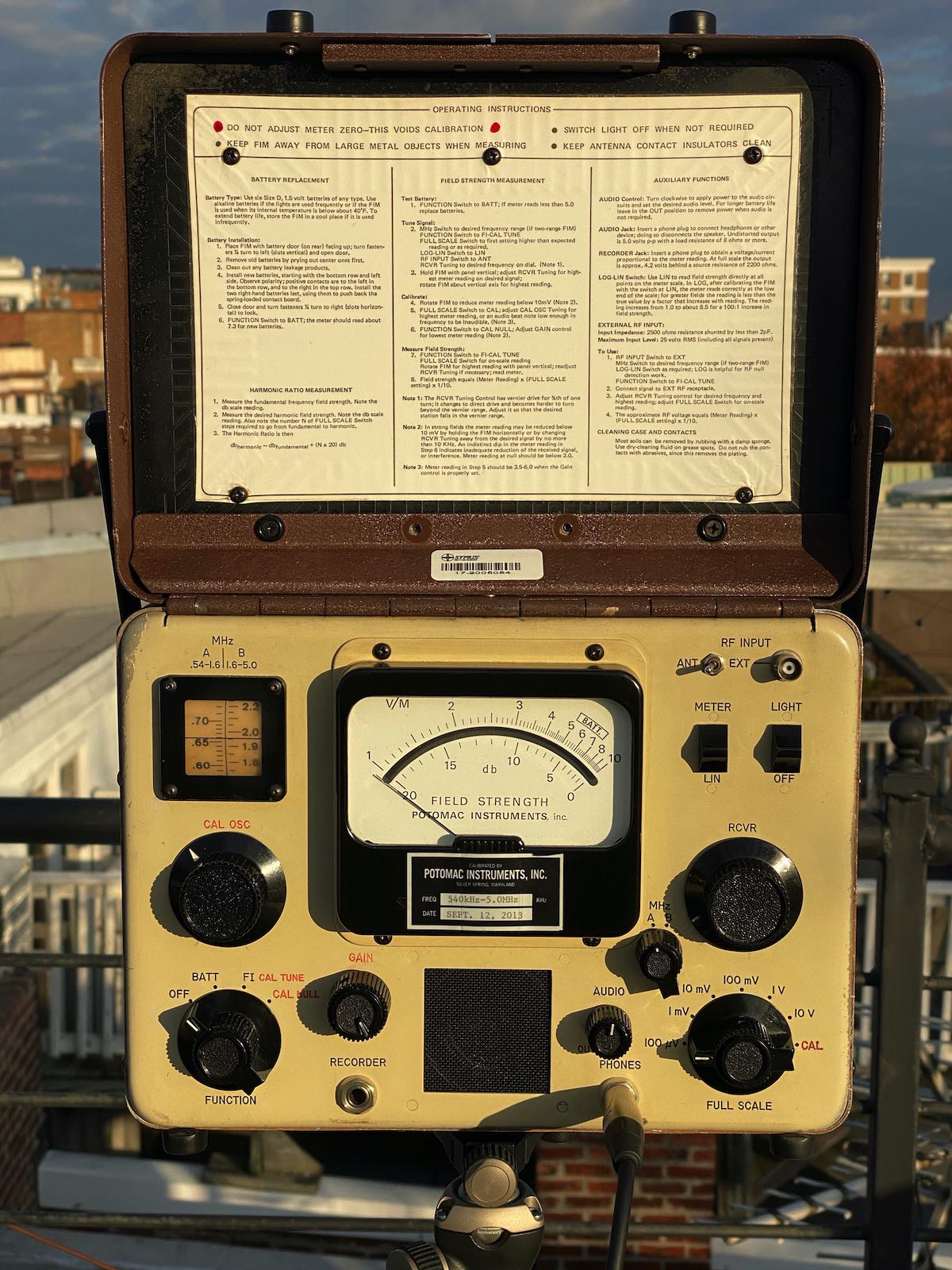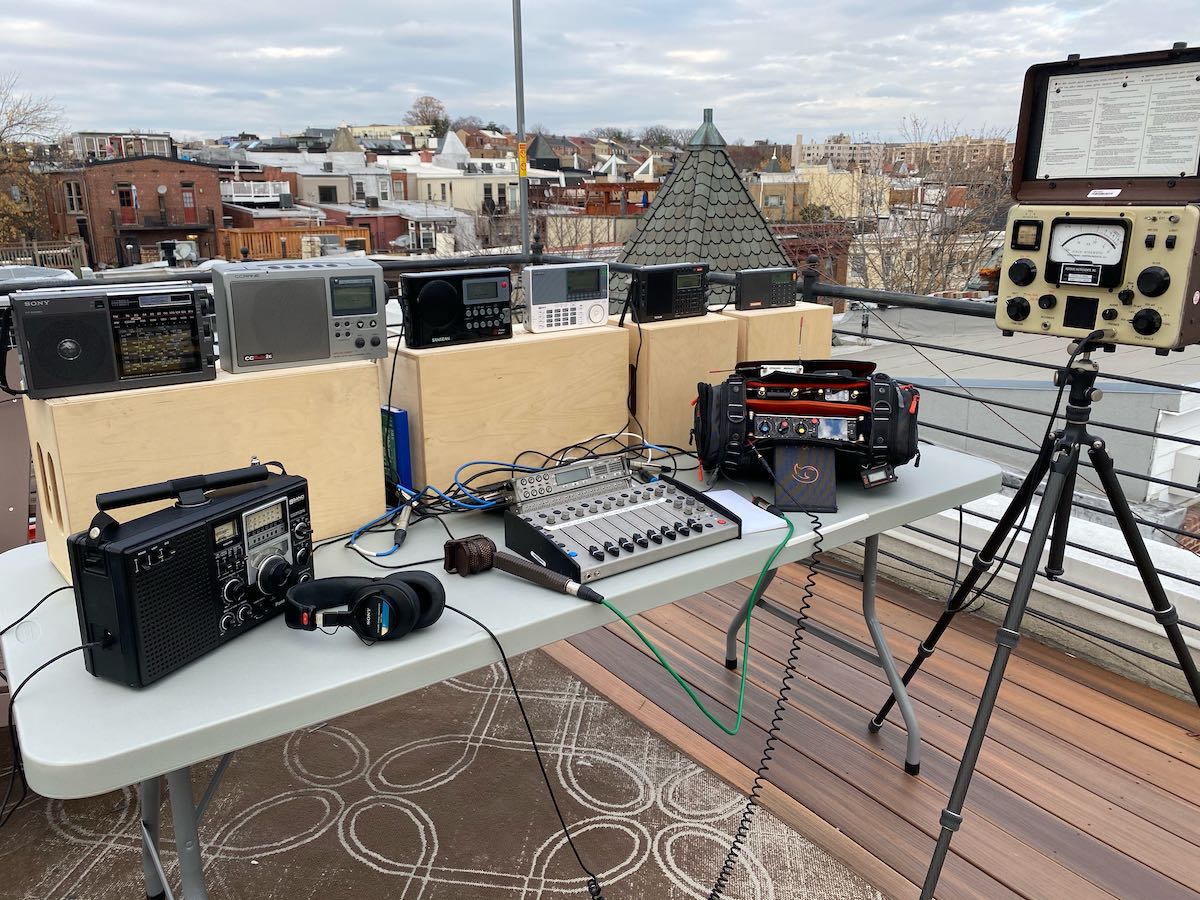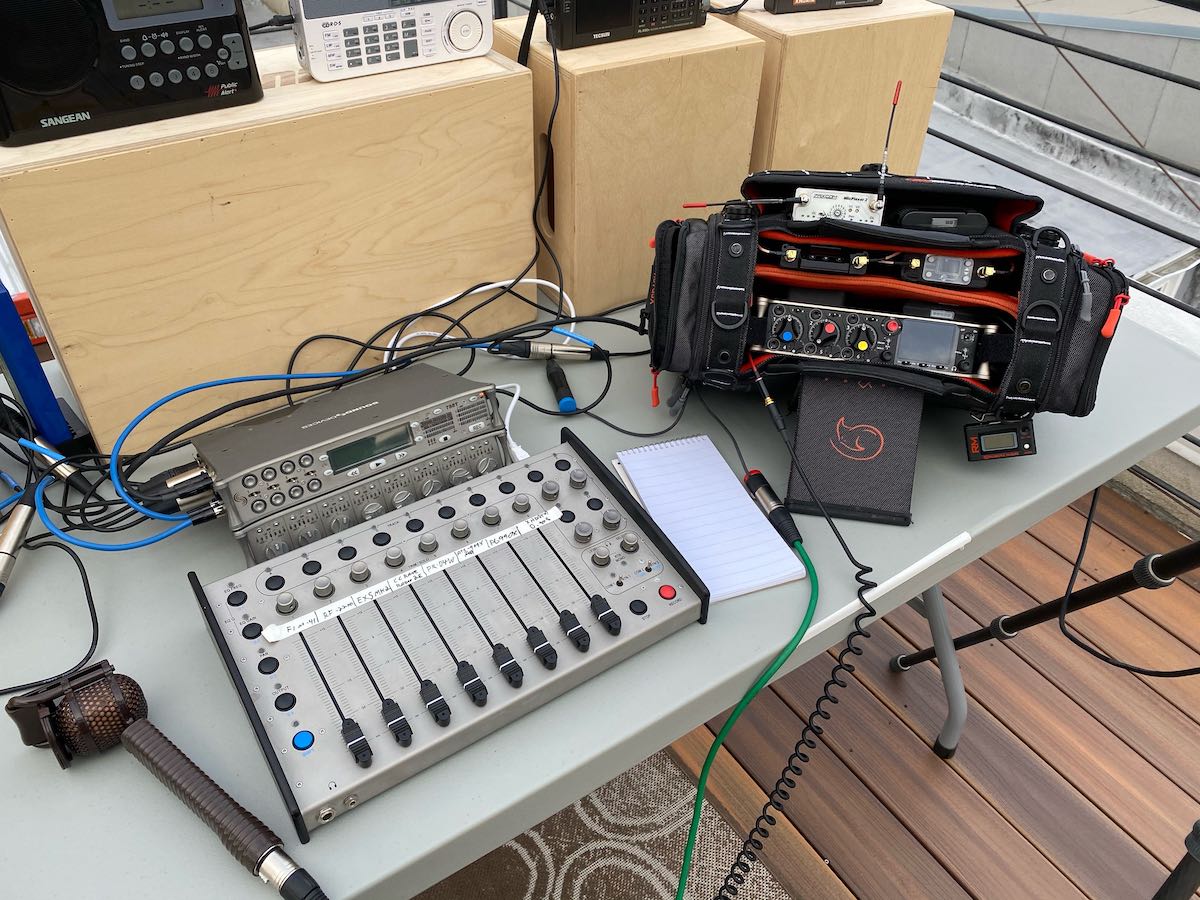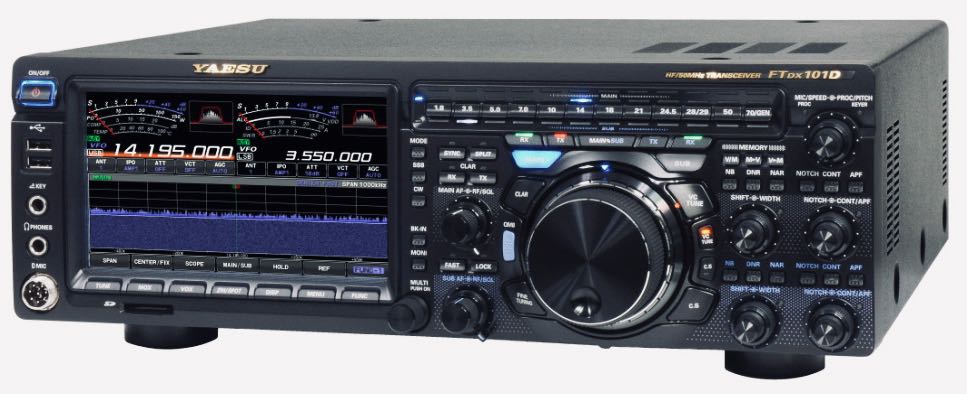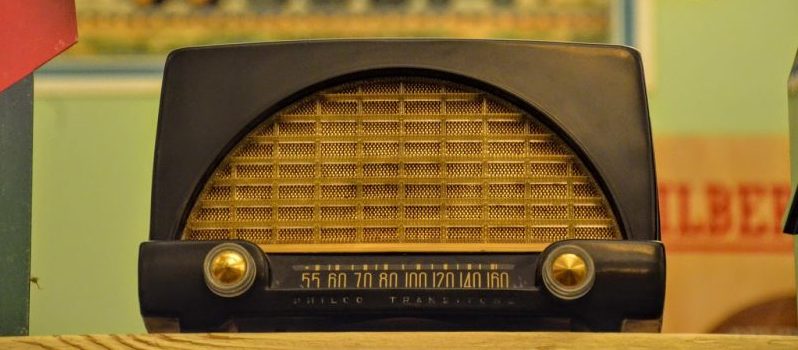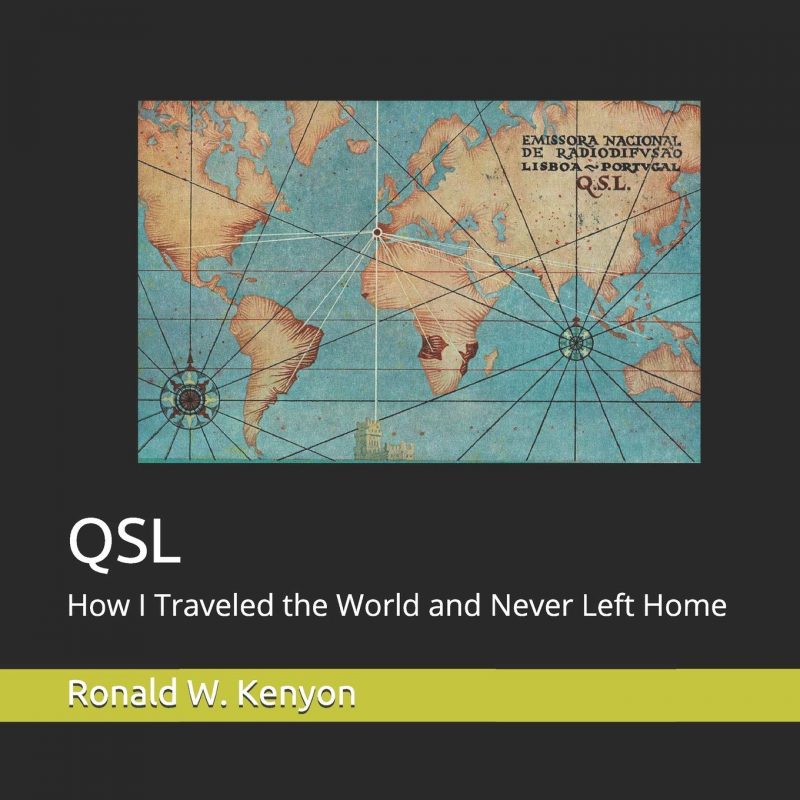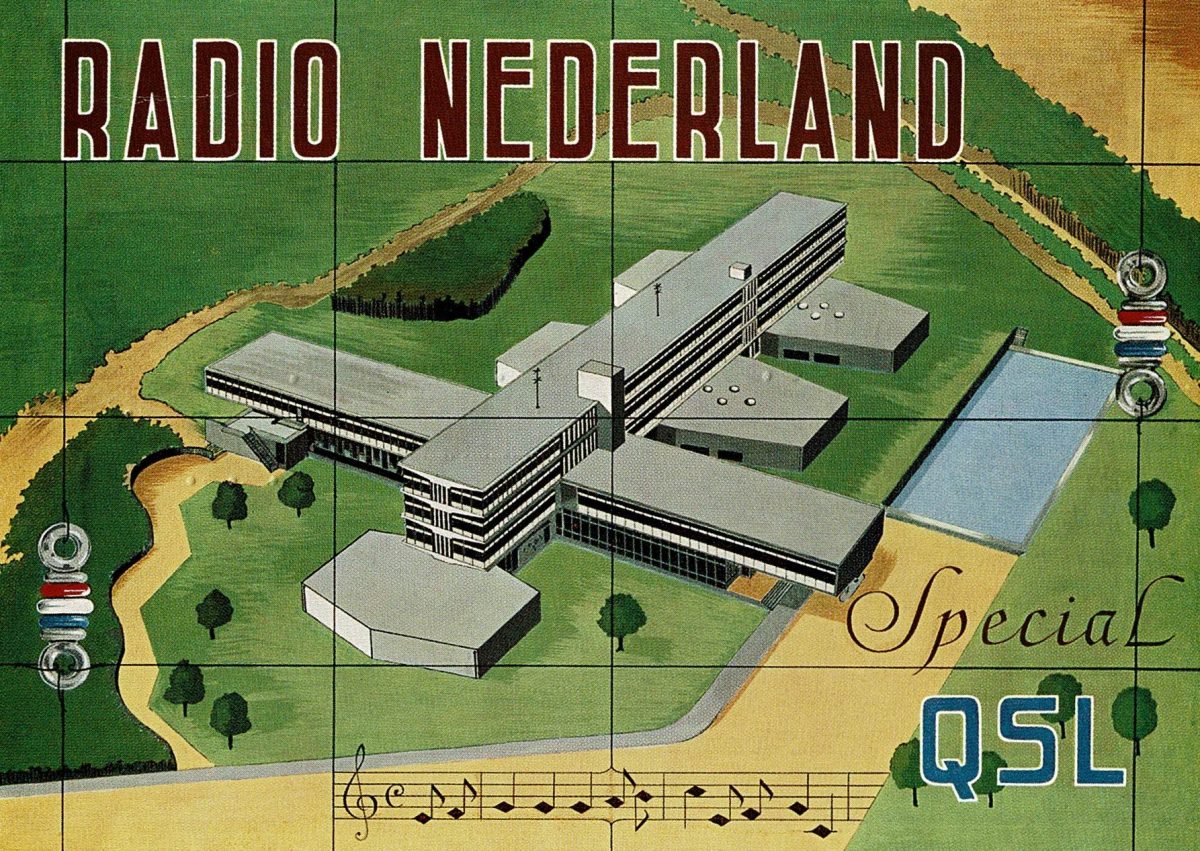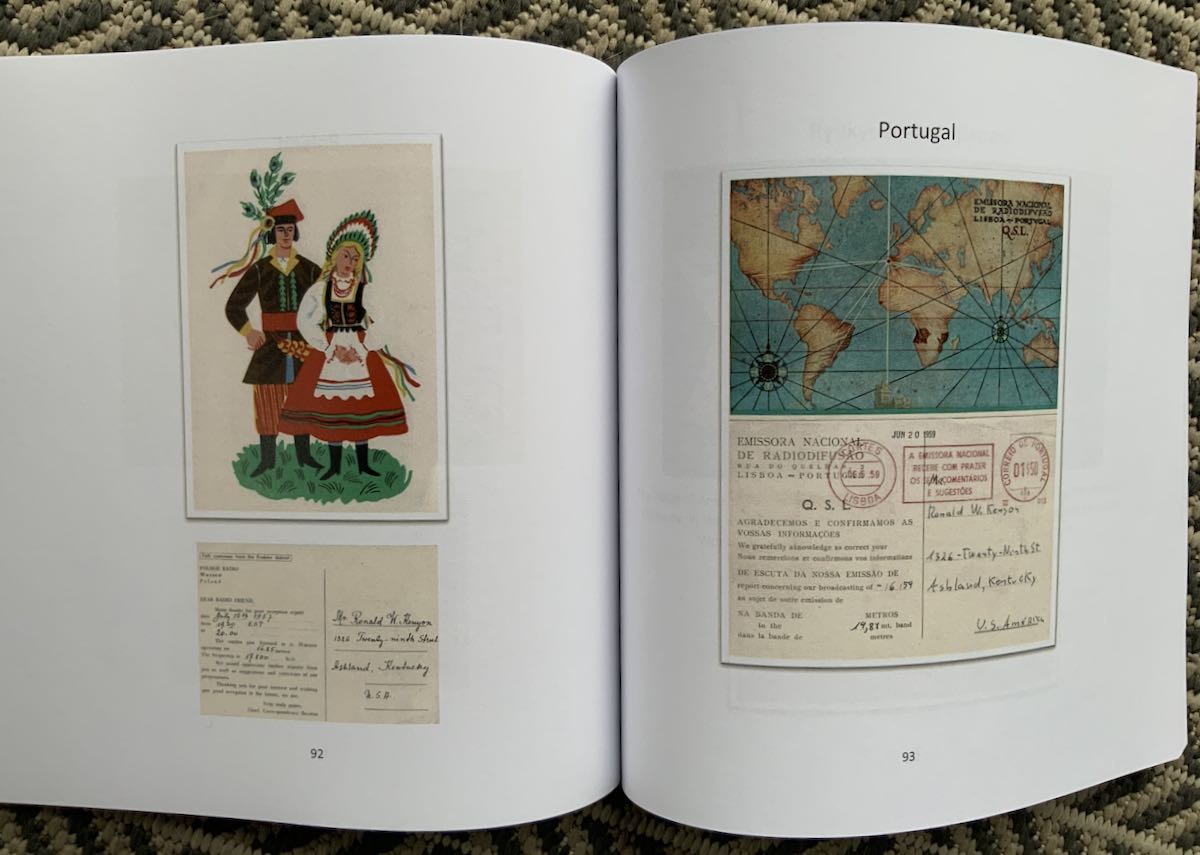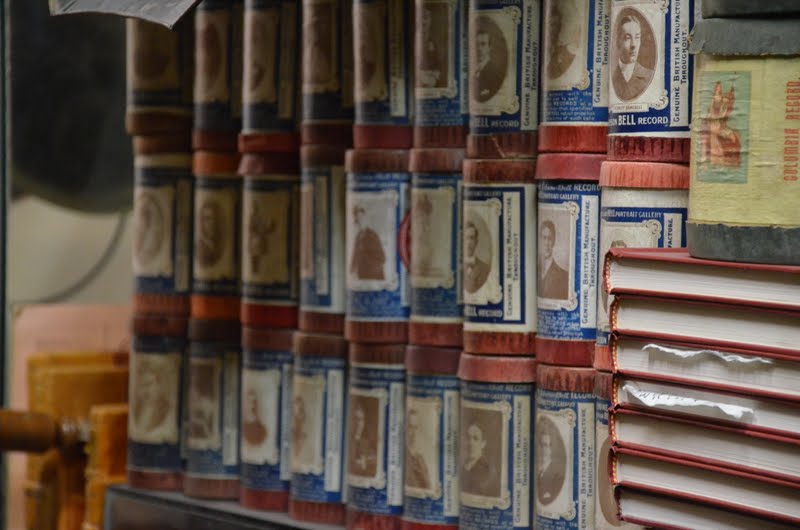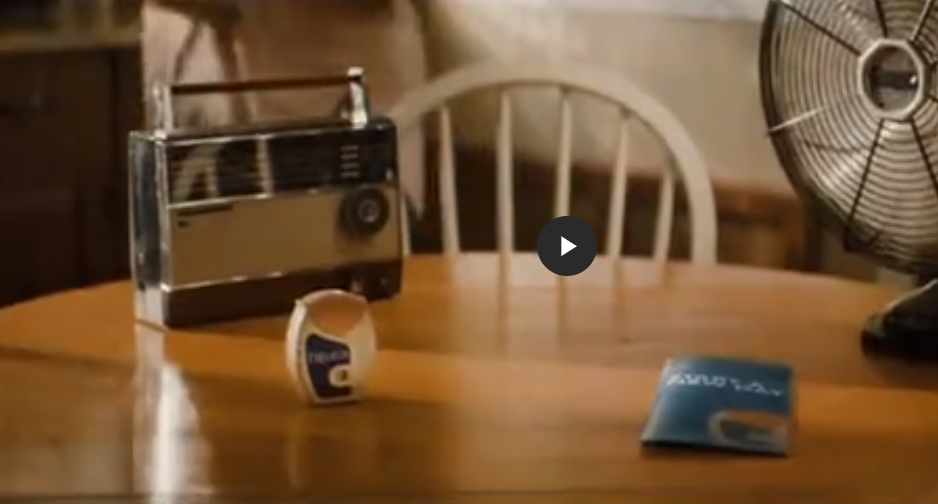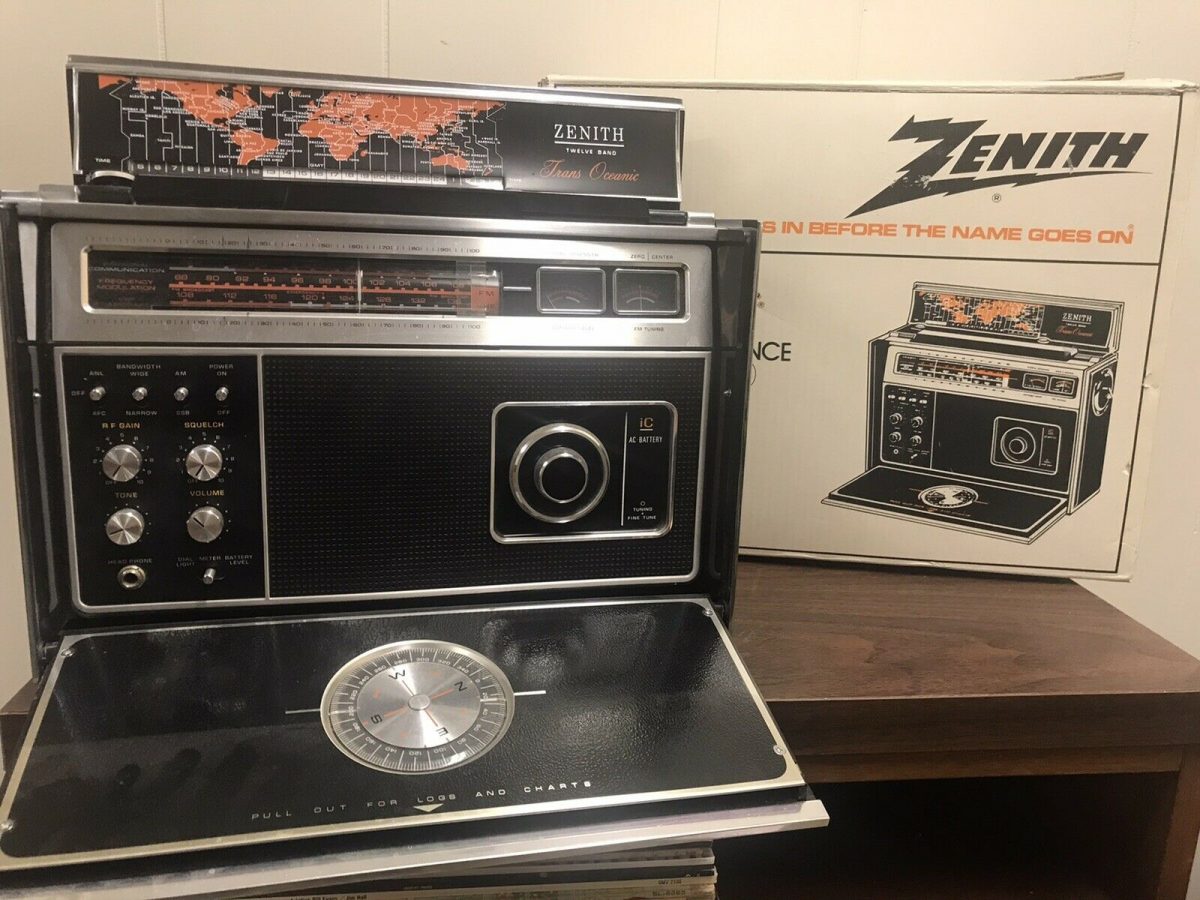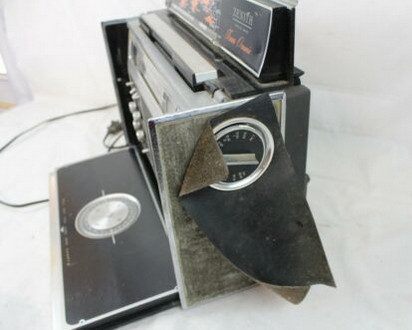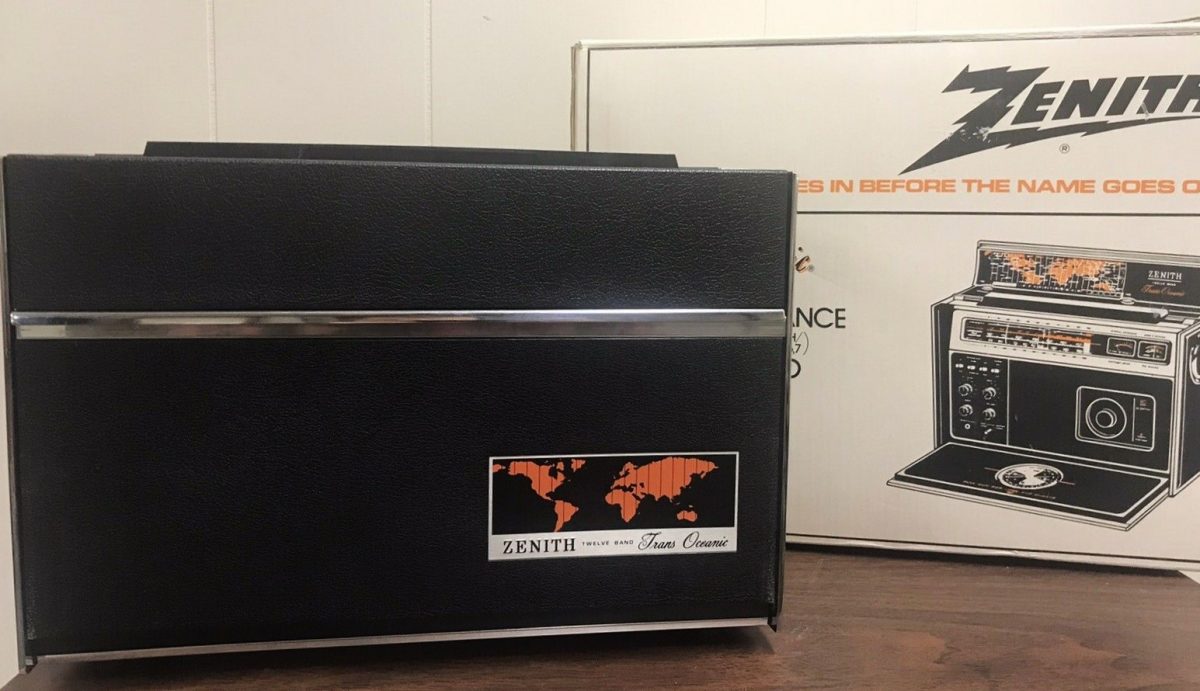Many thanks to SWLing Post contributor, Matt Blaze (WB2SRI), for sharing another brilliant audio comparison featuring benchmark portable radios:
Medium wave selectivity shootout
by Matt Blaze
I did another monster medium wave portable receiver comparison, this time with the aim of comparing receivers’ ability to deal with weak signals in the presence of strong adjacent channels.
Once again, I went up to the roof with eight MW portables with built-in antennas and recorded them simultaneously along with my “reference signal”, from an Icom R-9500 with an active loop on the roof. As before, I recorded a narrated stereo mix with the Icom on the left and the rotation of radios for a minute or two each on the right, but have “solo” tracks available for the full time for each radio. The nine receivers in the lineup this time included:
- Icom R-9500 (with amplified Wellbrook loop antenna on roof)
- Potomac Instruments FIM-41 Field Intensity Meter (my personal favorite)
- Panasonic RF-2200
- Sony IC-EX5MK2
- C.Crane Radio 2E
- Sangean PR-D4W
- Sangean ATS-909X
- Tecsun PL-990X
- XHDATA D-808
I recorded two signals, one at night and one during the day.
Nighttime Signals
The first was at night: WWL New Orleans on 870 KHz. This signal is usually weak to medium strength here, but is a challenge for two reasons: first, it shares the frequency with Cuba’s Radio Reloj, and it is squeezed between two much higher strength signals: Toronto’s CJBC on 860, and NYC’s WCBS on 880. So you need a decent receiver and careful antenna orientation to receive it well here. That said, everything did pretty well, though you can see that some radios did better than others.
The mix
Audio PlayerSolo tracks
Icom IC-R9500
Audio PlayerPotomac Instruments FIM-41 Field Intensity Meter
Audio PlayerPanasonic RF-2200
Audio PlayerSony IC-EX5MK2
Audio PlayerC.Crane Radio 2E
Audio PlayerSangean PR-D4W
Audio PlayerSangean ATS-909X
Audio PlayerTecsun PL-990X
Audio PlayerXHDATA D-808
Audio PlayerDaytime Signals
The second signal was during the day and was MUCH more marginal: WRJR Claremont, VA on 670 KHz. This was real challenge for any receiver and antenna. The signal was weak, and overshadowed by WCBM Baltimore on 680, a 50KW daytimer that is very strong here. (I’m not 100% sure that we were actually listening to WRJR – I never got an ID, but the station format and signal bearing was right). We can really hear some differences between the radios here.
The mix
Audio PlayerSolo tracks
Icom IC-R9500
Audio PlayerPotomac Instruments FIM-41 Field Intensity Meter
Audio PlayerPanasonic RF-2200
Audio PlayerSony IC-EX5MK2
Audio PlayerC.Crane Radio 2E
Audio PlayerSangean PR-D4W
Audio PlayerSangean ATS-909X
Audio PlayerTecsun PL-990X
Audio PlayerXHDATA D-808
Audio PlayerEverything (except the Icom) was powered by batteries and used the internal MW wave antenna, oriented for best reception by ear (not just maximizing signal strength, but also nulling any interference). The loop for the Icom was similarly oriented for best intelligibility.
For audio nerds: The recording setup involved a lot of gear, but made it fairly easy to manage capturing so many inputs at once. The portable radios were all connected to a Sound Devices 788T recorder, with levels controlled by a CL-9 linear mixing board control surface. This both recorded the solo tracks for the portables as well as providing a rotating mix signal for each receiver that was sent to the next recorder in the chain, a Sound Devices 833. The 833 received the mix audio from the 788T, which went directly to the right channel. The left channel on the 833 got audio from a Lectrosonics 822 digital wireless receiver, which had the feed from the Icom R-9500 in the shack (via a Lectrosonics DBu transmitter). The center channel on the 833 for narration of the mix, which I did with a Coles 4104B noise-canceling ribbon mic. This let me record fairly clean audio in spite of a fairly noisy environment with some wind.
All the radio tracks were recorded directly off the radios’ audio line outputs, or, if no line out was available, from the speaker/headphone jack through a “direct box” interface. I tried to make the levels as close to equal as I could, but varied band conditions and different receiver AGC characteristics made it difficult to be completely consistent.
Making the recordings was pretty easy once it was set up, but it did involve a turning a lot of knobs and moving faders in real time. I must have looked like some kind of mad scientist DJ to my neighbors, some of whom looked at me oddly from their own roofs.
Happy Thanksgiving weekend!
Thank you, Matt, for another brilliant audio comparison! I appreciate the attention and care you put into setting up and performing these comparisons–not an easy task to say the least. That Potomac Instruments FIM-41 is an impressive machine!
By the way, I consider it a badge of honor when the neighbors look at me as if I’m a mad scientist. I’m willing to bet this wasn’t your first time! 🙂
Post readers: If you like this audio comparison, please check out Matt’s previous posts as well:
- Matt’s Marathon MediumWave Matchup
- Matt’s mediumwave audio comparison of the C.Crane Radio 2E and the Potomac Instruments FIM-41
- Matt compares the Tecsun PL-990 and Sangean ATS-909X sharing an external antenna
- Matt compares the Tecsun PL-990 to the Icom IC-R9500 on an external antenna and the results are surprising

